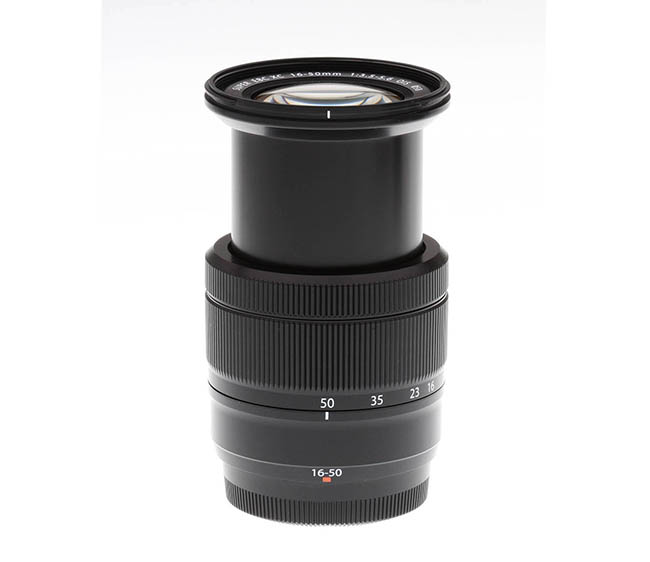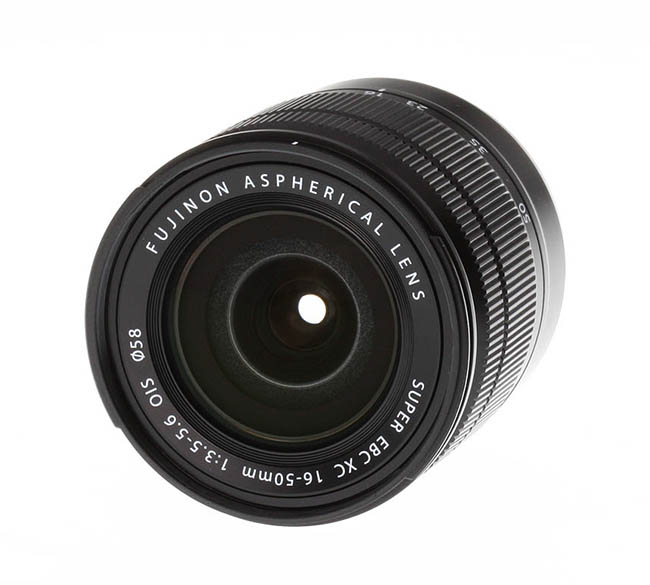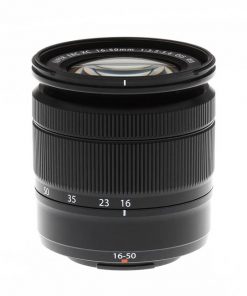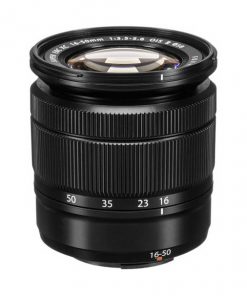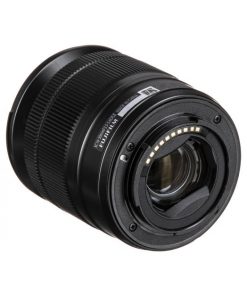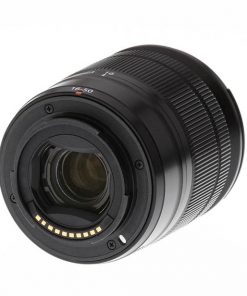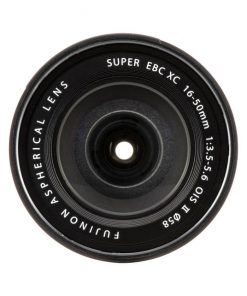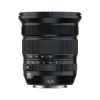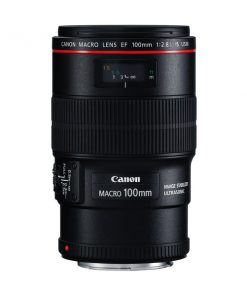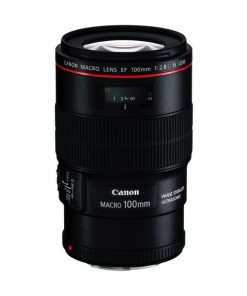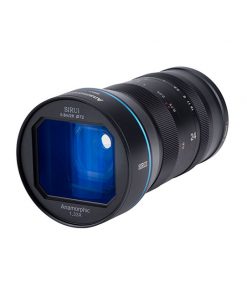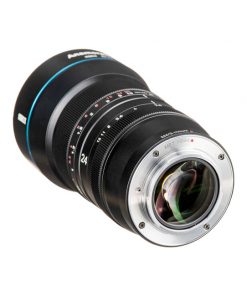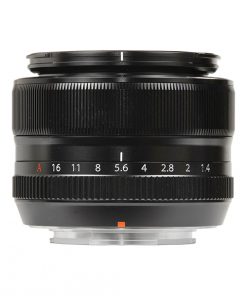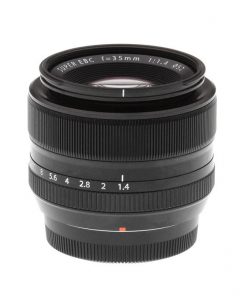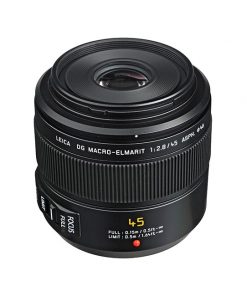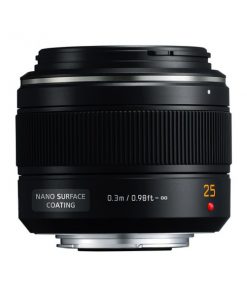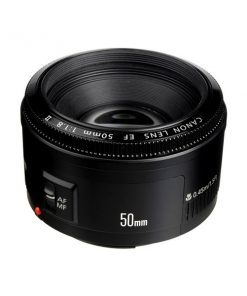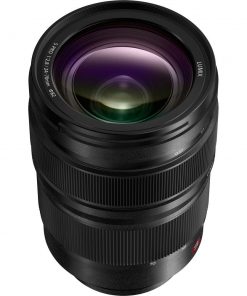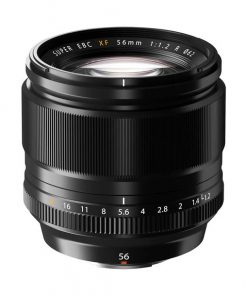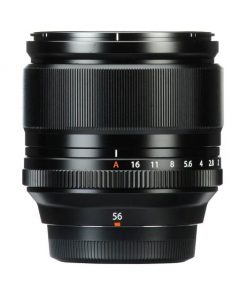The Fujinon XC 16-50mm ƒ/3.5-5.6 OIS lens is a versatile, compact X-mount zoom lens from Fujifilm. Sold either as a standalone lens or as part of the kit for the Fujifilm X-M1 and X-A1 mirrorless cameras, this lightweight lens provides a 35mm equivalent focal length range of 24-76mm, for wide-angle shots to portraits and everything in between. The lens also includes optical image stabilization technology to help reduce blurring from camera shake at slower shutter speeds. With a variable aperture only going as wide as ƒ/3.5, the addition of OIS is certainly nice to have.
A fairly straightforward lens, it does feature 3 aspherical elements and 1 ED element like its more expensive sibling, the XF 18-55mm ƒ/2.8-4 lens, as well as Fuji’s EBC coatings for reduced flare and ghosting. It’s also worth pointing out that this lens, unlike most of Fuji’s lenses, does not have a manual aperture ring, and so users of the X-Pro1 and X-E1 cameras should update their cameras’ firmware in order to control the aperture via the camera.
As a standalone lens, the Fujinon XC 16-50mm ƒ/3.5-5.6 OIS is available in either a black or silver finish for around $399 — Adorama, Amazon (black, silver), B&H (silver) — and includes front and rear lens caps. Note: Our test lens was included as part of an X-A1 kit, which included a petal-shaped, bayonet-mount lens hood. However, in the standalone retail copy of this lens, a hood does not appear to be included, despite the owner’s manual indicating otherwise. Check with your retailer of choice to see if a lens hood is included.
Sharpness
Traditionally, kit lenses have gotten a bad rap for underwhelming performance, particularly in sharpness. However, that trend seems to be changing these days, and the new Fujifilm 16-50mm lens is no exception. This lens produces very sharp images, even wide-open, and throughout the entire zoom range. Corner softness is also quite insignificant — even fully wide at 16mm — making it a great landscape lens, as well as a general-purpose street and portrait lens at the longer focal lengths. Diffraction limiting softness is equally minimal, with only minor softness appearing around ƒ/22 (ƒ/16 shows just a hint of softness, too). Overall, very impressive results from an inexpensive kit zoom lens!
Chromatic Aberration
OK, well, trade-offs have to be made when designing an affordable lens, and in the case of the Fuji 16-50, it comes by way of chromatic aberration. Thankfully, it’s a not a huge compromise after all. Wide open at 16mm, the lens is really very low CA on average, but out in the corners we see some fairly strong CA — notceable blue/purple and light green fringing — hitting over 900ths of a percent of frame height, but CA is noticeably reduced by stopping down the aperture. Also, the Fuji JPEG processing does a great job at removing this CA in-camera.
However, the story really changes at the longer focal lengths we tested (24mm, 35mm and 50mm) — very low CA. On average, the CA at 25-35mm is practically nonexistent, and 35mm in particular shows excellent CA across the entire frame. At 50mm, there’s a little more CA on average, though it’s still quite low, and there is a little uptick in CA when you stop down to the really narrow apertures.
Shading (”Vignetting”)
This lens also shows impressive results for controlling vignetting, even at the wide focal lengths. Interestingly, at 16mm, we saw lower vignetting at ƒ/3.5 than at ƒ/5.6, which increased to around a still-very-low 0.25EV of light loss. At the other focal lengths and apertures, vignetting was all-around much lower and never displayed more than 0.25EV of light loss. The longer focal lengths, especially, were well under that level.
Distortion
The Fuji 16-50mm lens also does very well at controlling distortion. On average, we saw just a slight amount of barrel distortion at the wider end of the focal lengths, which is not unexpected. However, when you zoom to 24mm and longer, distortion becomes practically nonexistent!
Note: It should be noted that the X-E1, our Fuji test camera, does feature in-camera correction of CA, vignetting and distortion, and it’s important to note that our results here were taken from RAW files. However, when converted with Adobe Camera Raw, as it our usual procedure, ACR carries over these in-camera corrections. It was only by converting the same RAW images with DCRAW (which does not convert the images with these corrections) that we were able to confirm this.
Autofocus Operation
In our handling of the Fuji 16-50mm, the autofocusing performance was excellent. The lens focused very quickly, taking well under a second to rack from minimum focus distance to infinity thanks to an electrical „high-precision stepper motor.” Of course, there is also manual focusing with a focus-by-wire system, and as such, the smoothly rotating focus ring has no stops at either end. There is also no focus distance window on this lens, with the information about focusing displayed via the camera.
Macro
The 16-50mm kit lens isn’t great for macro photography, offering just 0.15x (1:6.7) maximum reproduction ratio at 50mm at a minimum focusing distance of 40cm, and the minimum focusing distance at 16mm is still a fairly long 30cm.
Build Quality and Handling
The Fuji 16-50mm lens saves a lot of weight and cost by being constructed almost entirely of polycarbonate plastic, including the lens mount. However, it feels very well-built and solid with the lightweight design balancing nicely on equally lightweight Fujifilm cameras like the X-E1, for example.
The focus and zoom rings both rotate smoothly and are also made of plastic with a deep-ridged texture for an easy grip. The zoom ring itself rotates less than 90 degrees. The zoom ring is also a little on the firm side to rotate, however, combined with the lightweight and minimally-extending barrel design (adding only 1.5 inches of extra length), this ensures that lens creep should be a non-issue.
The rest of the exterior is fairly simple, with only a set of focal length markings — no focus distance window or OIS switch, however (that’s controlled via the camera). As mentioned above, there is no manual aperture ring like many of Fuji’s other lenses, so aperture is completely controlled from the camera itself. Fuji notes that users of the X-Pro1 and X-E1 cameras will need to ensure they have the latest firmware to enable camera-based aperture control on this and other Fuji lenses that lack an aperture ring.
On the inside of the barrel sit 12 elements in 10 groups with 3 aspherical elements and 1 extra low dispersion element. The elements also feature Fuji’s EBC coatings to help reduce flare and ghosting. The lens has 7 rounded diaphragm blades for nice out-of-focus backgrounds.



